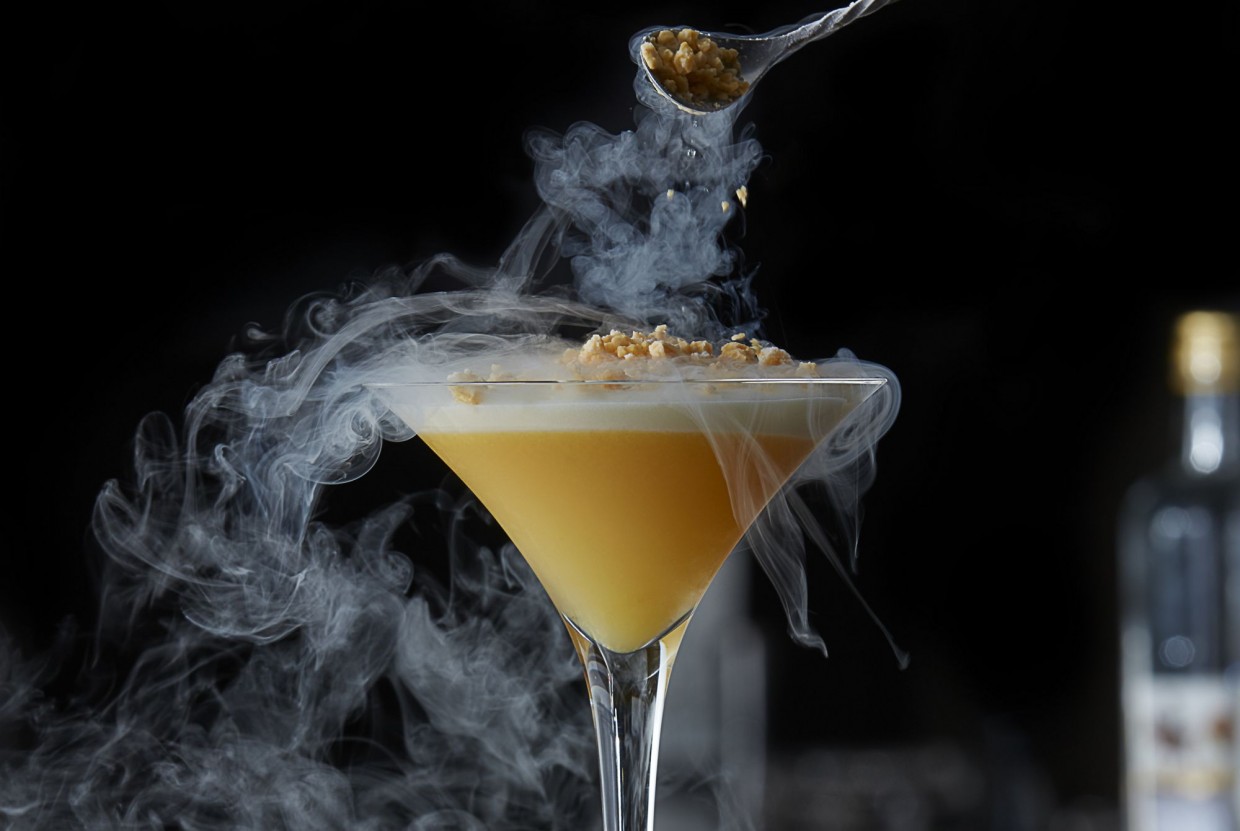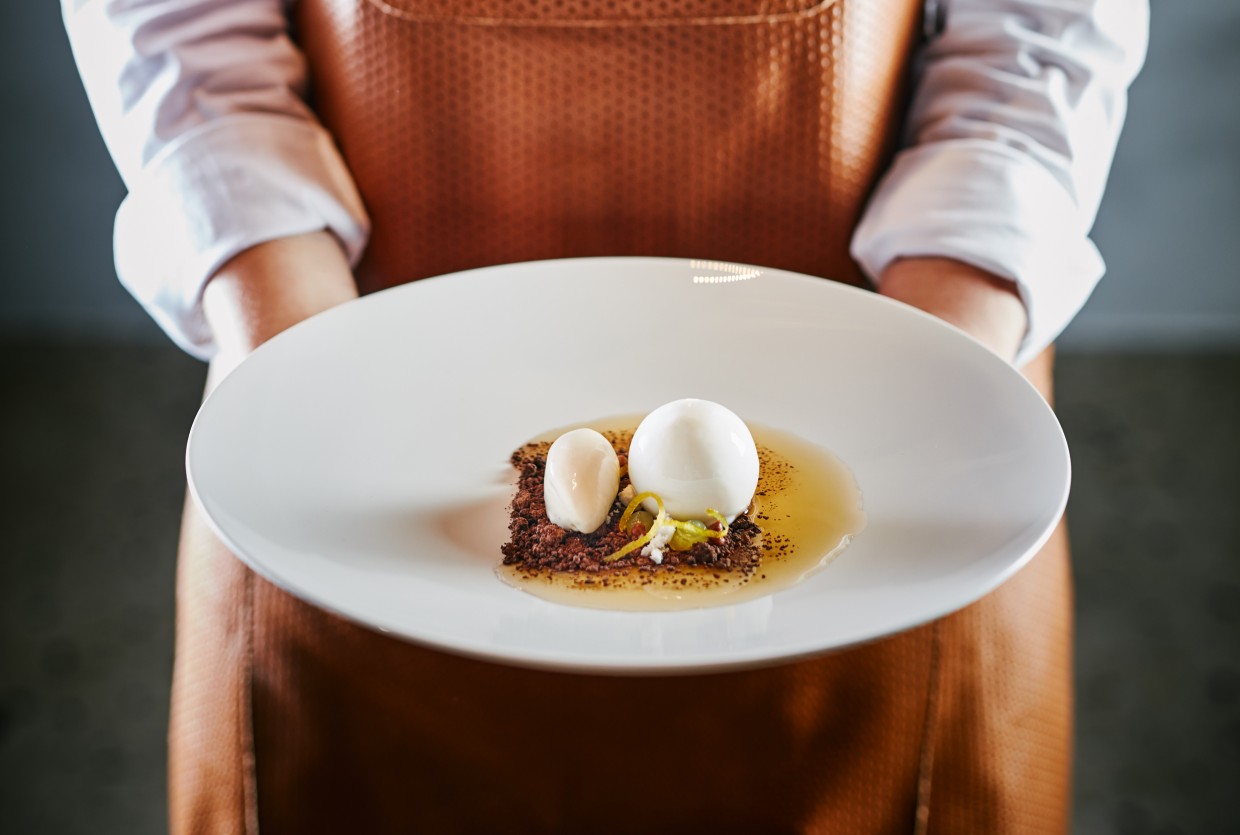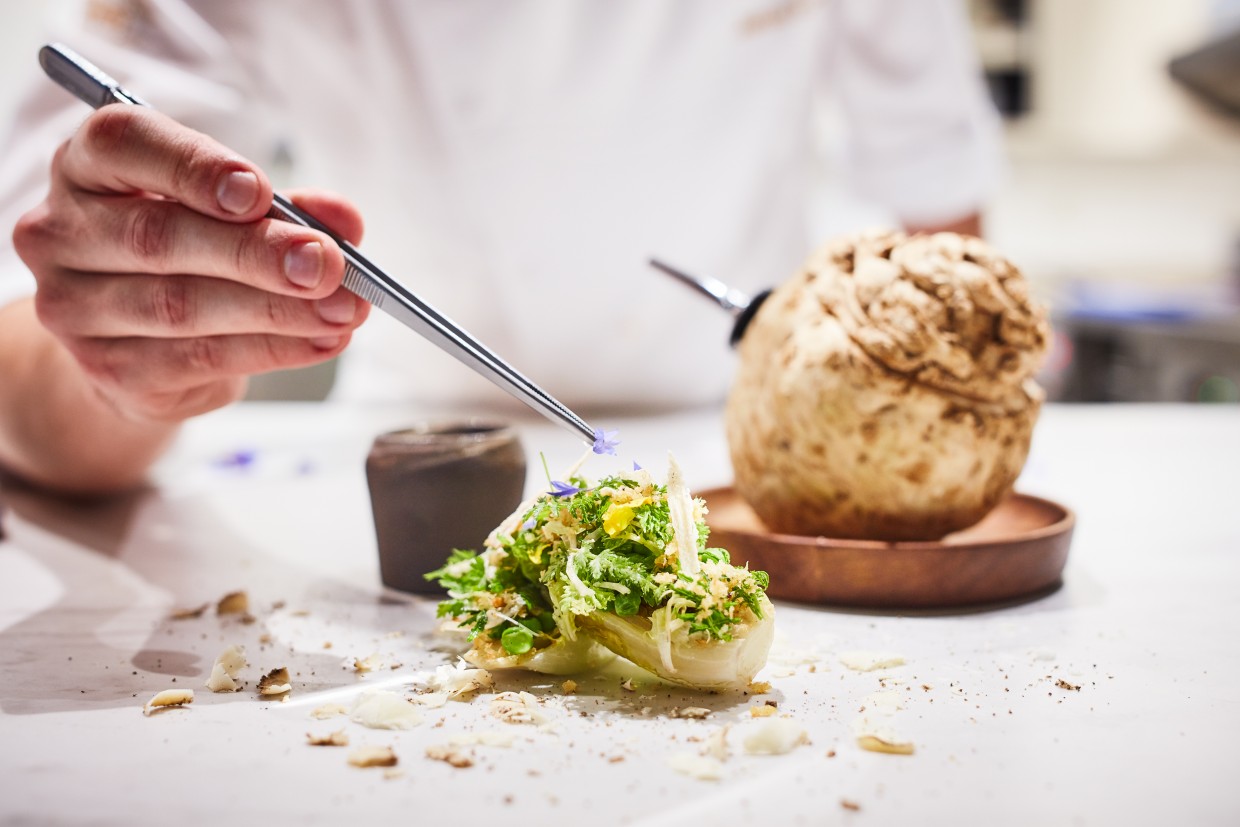Telling Tales: Harnessing the Power of Storytelling in the Hospitality IndustryVEEN Scene 007

In the highly competitive world of high-end dining, serving great food in fabulous surroundings is no longer enough. Today, a dining experience should begin long before the reservation is made, and remain with guests for long after, says Joe Mortimer.
There’s a book on a shelf next to my desk that I turn to from time to time. It’s a small hardback book with fifty-something pages, and it was given to me after dining at a restaurant in Lima. The book tells the story of the meal that I ate; a colourful narrative peppered with snippets of poetry, colourful illustrations, and the names and descriptions of the 28 dishes that made up the meal. In his text, the chef describes the inspiration behind the menu; the memories, emotions and thoughts that gave birth to each plate.

Every element of the meal was designed to tell a story: the story of the land, the people and the flavours of Peru. For me, it redefined the concept of food tourism and provided an enormous insight into a destination. Rather than simply travelling somewhere in order to eat, I was able to explore that destination because of what I had eaten: travelling through different landscapes and regions, and deep into the national identity of that country via a gastronomic journey. As you can probably tell, the experience was unforgettable.
Good stories live forever, and the fact that I’m telling you this one now, three years after that meal, shows what impact a powerful a story can have.
Not every restaurant has a 28-course tasting menu to talk about, but all high-end venues should be able to justify their proposition; to set themselves apart from the competition in a few sentences via a compelling narrative. These stories might be about a forward-thinking chef, an ethical supply chain, or an extraordinary menu. Maybe they’re about the heritage of the restaurant itself, the breath-taking location, or the function of the interior design. Perhaps it’s a tale about how a unique cocktail came to be. All of these elements conspire to complement the actual food and beverage offering at a restaurant and craft another chapter of a venue’s legacy.
A high-end dining experience doesn’t begin and end when the guest enters and exits the restaurant. It begins weeks or months before, when they first hear about it, or the chef, or a specific dish; maybe via an article in a magazine, a whisper at a dinner party, or an image on Instagram. Similarly, the 21st-century bar scene is often about a mixologist, small-batch spirits or a quirky location. Today, there are more tools at our disposal with which to disseminate these stories than ever before: blogs, social media and podcasts allow us to control our own content via in-house feeds, while commissioning influencers to generate their own content helps the narrative flow freely in all directions.

The world of F&B is ripe with stories waiting to be told. Good marketeers, brand managers and anyone else with a vested interest in a restaurant are all responsible for creating and sharing these tales; stories that can serve as tools to promote brand recognition, demonstrate thought leadership, or engage potential customers (or employees) by offering a transparent insight into life behind the scenes.
Storytelling is just as valuable for b2b communications among stakeholders or industry peers. When showcasing themselves to others in the F&B community, restaurants and bars might set themselves apart by sharing stories about the support offered to young chefs, about the opportunities afforded by working for a global hotel company, or about the success of colleagues who have gone on to achieve greatness in their lives and careers.
LinkedIn allows us all to be thought leaders within our own professional networks and reach audiences that we curate and nurture ourselves. It’s a chance to show the world what we’re made of, sending strategic targeted messages designed to inspire others in the industry to want to work with us. As a recruitment tool, there’s no more powerful weapon than a strong brand story laced with inspiring people and examples of excellence.

There is no ‘one size fits all’ approach to storytelling. The right fit for your F&B product, brand, hotel, bar or restaurant depends entirely on what you have to offer, your business objectives, and how you plan to tell the tale. But people love to share; to tell tales around the campfire. We’re all storytellers. Sometimes we just need the right inspiration.